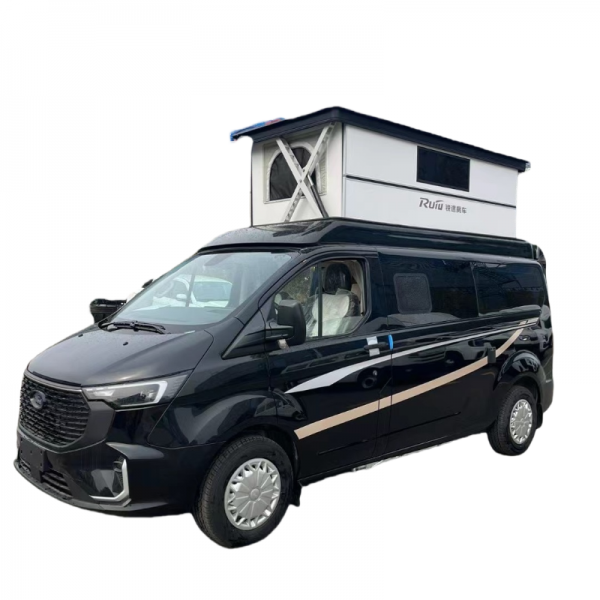Introduction
Truck mounted cranes have become an integral part of various industries, from construction to logistics, due to their versatility and efficiency in lifting and moving heavy loads. One key aspect that plays a crucial role in the performance and usability of these cranes is the control system. User-friendly controls not only enhance operational efficiency but also contribute significantly to the safety of the operators and the surrounding environment. In More hints , we will delve into the importance of user-friendly controls in truck mounted cranes, their impact on productivity and safety, and the latest technological advancements in this field.
Importance of User-Friendly Controls
User-friendly controls are designed to make the operation of truck mounted cranes intuitive and easy for the operators. These controls simplify the complex task of maneuvering heavy loads, positioning the crane, and ensuring precise movements. By providing operators with a clear and ergonomic interface, user-friendly controls reduce the learning curve and enable them to focus on the task at hand, resulting in increased efficiency and productivity.
Furthermore, user-friendly controls play a crucial role in enhancing safety on the worksite. Cranes are powerful machines that can pose significant risks if not operated correctly. Complex or unintuitive controls can lead to operator errors, miscommunications, and accidents. In contrast, user-friendly controls streamline the operation of the crane, allowing operators to make precise movements with ease and confidence. This not only reduces the likelihood of accidents but also minimizes downtime and costly repairs associated with mishaps.
Impact on Productivity
The efficiency of a truck mounted crane is directly influenced by the user-friendliness of its controls. Intuitive controls enable operators to perform tasks quickly and accurately, leading to improved productivity on the worksite. By simplifying the operation of the crane, user-friendly controls reduce the time and effort required to complete lifting tasks, allowing operators to focus on optimizing their workflow and meeting project deadlines.
Moreover, user-friendly controls can have a positive impact on the overall efficiency of the crane itself. By providing operators with precise control over the crane's movements, these controls help minimize unnecessary adjustments and repositioning, saving time and energy. This not only enhances productivity but also prolongs the lifespan of the crane by reducing wear and tear caused by excessive movements.
Technological Advancements in User-Friendly Controls
As technology continues to advance, so do the capabilities of user-friendly controls in truck mounted cranes. Manufacturers are constantly innovating to develop control systems that are more intuitive, responsive, and feature-rich. Some of the latest technological advancements in user-friendly controls include:
1. Touchscreen Interfaces: Touchscreen interfaces have become increasingly popular in truck mounted cranes, offering operators a familiar and intuitive way to interact with the crane's controls. These interfaces allow for easy navigation, customization of settings, and real-time feedback on the crane's performance.
2. Proportional Control Systems: Proportional control systems enable operators to make precise and gradual adjustments to the crane's movements, providing a finer level of control compared to traditional on-off controls. This allows for smoother and more accurate positioning of loads, reducing the risk of jerky movements or overcorrections.
3. Remote Control Systems: Remote control systems allow operators to control the crane from a safe distance, providing greater flexibility and visibility during operation. These systems are particularly useful in challenging or hazardous environments where direct operator intervention may be limited.
4. Load Monitoring Systems: Load monitoring systems provide operators with real-time feedback on the weight and distribution of the load, helping them make informed decisions about the crane's capacity and stability. By alerting operators to potential overload situations, these systems enhance safety and prevent accidents.
5. Integration with Telematics: Some truck mounted cranes are now equipped with telematics systems that allow operators to monitor and manage the crane's performance remotely. By integrating user-friendly controls with telematics technology, operators can track usage, maintenance schedules, and performance data in real time, enabling proactive maintenance and optimization of the crane's operation.
Case Studies
To illustrate the impact of user-friendly controls on efficiency and safety, let's look at a couple of case studies where innovative control systems have made a significant difference in the operation of truck mounted cranes.
Case Study 1: XYZ Construction Company
XYZ Construction Company recently upgraded its fleet of truck mounted cranes with the latest touchscreen interfaces and proportional control systems. The new controls allowed operators to make precise adjustments to the crane's movements with ease, reducing the time required to position loads accurately. As a result, the company saw a 15% increase in productivity and a 20% reduction in accidents related to crane operations.
Case Study 2: ABC Logistics
ABC Logistics implemented remote control systems in its truck mounted cranes to improve the safety and efficiency of loading and unloading operations at its distribution centers. By allowing operators to control the cranes from a safe distance, the company reduced the risk of accidents and improved workflow efficiency. The remote control systems also enabled operators to monitor load weights and distribution in real time, preventing overloading and ensuring safe lifting practices.

Conclusion
User-friendly controls play a critical role in enhancing the efficiency and safety of truck mounted cranes. By providing operators with intuitive interfaces, precise control systems, and real-time feedback, these controls streamline the operation of the crane and empower operators to work more effectively. The latest technological advancements in user-friendly controls, such as touchscreen interfaces, proportional control systems, and remote control capabilities, are revolutionizing the way cranes are operated, leading to improved productivity, reduced downtime, and enhanced safety on worksites. As the industry continues to evolve, it is crucial for manufacturers and operators to prioritize user-friendly controls to maximize the performance and value of truck mounted cranes.
